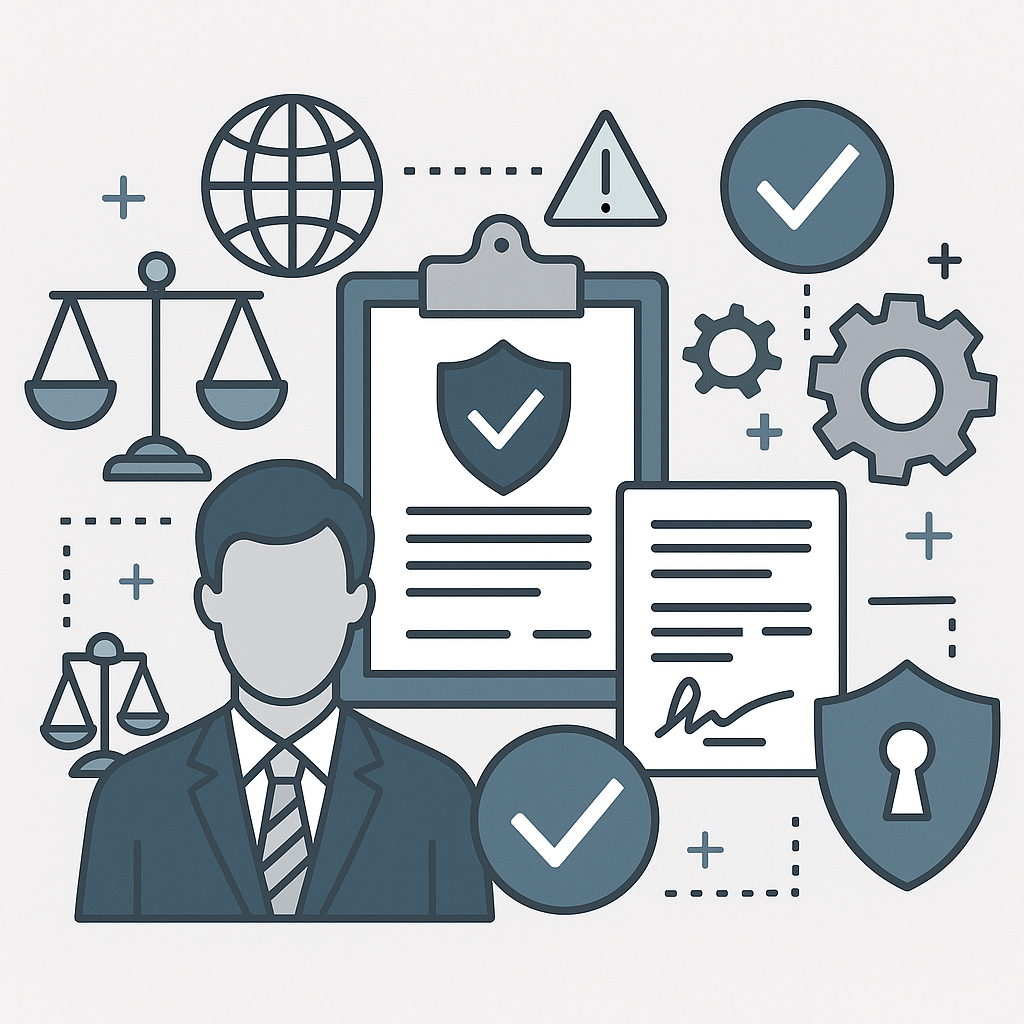As a pedestrian involved in an accident, you have the right to seek compensation for your injuries, medical expenses, lost wages, and pain and suffering.
Knowing your rights as a pedestrian isn’t just about seeking compensation; it’s about reclaiming control over your life after such an unexpected event. Pedestrians should feel safe crossing streets—not burdened by medical bills or emotional distress because of someone else’s negligence. Here at Idaho Advocates, we’ve invested time and effort into creating a comprehensive guide to help you understand these crucial aspects better. Whether it’s about holding negligent drivers accountable or securing financial support for recovery, we’re here to simplify the complexities for you.

Overview of Pedestrian Accidents
Pedestrian accidents and legal cases are undoubtedly one of the most distressing types of vehicular incidents. Imagine this: a person strolling down the street, on their way to work, or perhaps just taking an evening walk with their loved ones. Suddenly, a vehicle careens into their path. It’s in these moments that lives are altered forever.
Expanding on this, according to the National Highway Traffic Safety Administration, around 80,000 pedestrians suffer injuries from collisions with motor vehicles each year in the U.S. These numbers are staggering—highlighting the widespread nature of this issue and its severe impact on individuals and communities. Furthermore, nearly 6,000 pedestrians lose their lives in these tragic events annually—a poignant figure emphasizing the profound consequences of such accidents.
The environment in which these accidents occur is vital to understanding their dynamics. Urban areas and intersections serve as hotspots for pedestrian accidents due to higher population density, increased foot traffic, and a greater number of cars on the road—all contributing factors that heighten the risk of pedestrian-vehicle interactions.
Pedestrian accidents are not only alarmingly common but also carry life-altering implications for those involved. Understanding the specific scenarios and contexts in which these incidents unfold is crucial to developing effective preventive measures and ensuring comprehensive legal recourse for victims.
Legal Rights and Responsibilities
When it comes to pedestrian accidents, rights and responsibilities are crucial determinants for seeking compensation. Pedestrians, like everyone else on the road, have a set of rules to follow, but they are also afforded certain rights to ensure their safety.
Firstly, let’s talk about the basic rights of pedestrians. They have the right to safely use crosswalks and sidewalks as intended. Any motorist must yield the right of way to pedestrians when they are crossing at a designated crosswalk or at an intersection. This rule is recognized in most jurisdictions and applies in Idaho as well. It’s essential for drivers to exercise caution around crosswalks and yield to pedestrians. This not only ensures the safety and security for all individuals using the road but also serves as a pivotal element in preventing accidents.
Pedestrians are responsible for following traffic signals and rules just like all other road users. It’s critical that they abide by these signals for their own safety as well as the safety of others. Remember, these signals are put into place to regulate traffic flow and ensure the safety of everyone on the road. Therefore, pedestrians play a crucial role in preventing accidents by adhering to traffic rules and being mindful of their surroundings.
However, if a pedestrian is hit by a vehicle due to the driver’s negligence—for example, if the driver was speeding or failed to yield at a crosswalk—pedestrians have every legal right to seek compensation for their injuries and losses resulting from the accident.
By understanding their rights and responsibilities, pedestrians can not only ensure their own safety but also know what steps to take should they be involved in an accident due to someone else’s negligence.
Determining Fault in Pedestrian Accidents
When it comes to pedestrian accidents, determining fault isn’t always straightforward. It often involves examining evidence such as eyewitness reports, traffic camera footage, and police reports. These pieces of evidence help reconstruct the sequence of events and understand who may have been negligent. In legal terms, fault is generally assigned to the party that was negligent.
For example, consider a situation where both parties were partly at fault: A pedestrian was using their phone while crossing the street without paying attention to traffic signals, and at the same time, a driver was speeding well over the limit in a zone marked for slow driving due to heavy foot traffic. In this case, both the pedestrian and the driver may share the responsibility for causing the accident.
It’s important to remember that negligence isn’t always black and white, especially in pedestrian accident cases. There are situations where both the pedestrian and the driver could share the blame to some extent.
In these complex situations, it’s crucial to have an experienced personal injury attorney who can help navigate through these nuances and provide guidance on how local laws and court precedents might impact your case.
Obtaining Compensation
After being involved in a pedestrian accident, seeking compensation can feel like a daunting process. But remember, you have the right to receive fair compensation for your injuries and any associated damages. Here are the key steps to help guide you through the process.
Step 1 – Documenting the Incident
Gathering all relevant information is crucial. This may include medical records detailing the extent of your injuries, accident reports from law enforcement documenting the incident, as well as statements from witnesses who observed the accident. By compiling this information, you create a comprehensive record that strengthens your case and provides supporting evidence for your claim.
Step 2 – Filing a Claim
Once you have all the necessary information, submitting a claim to the at-fault party’s insurance company is the next step. In your claim, be sure to outline all the damages and injuries sustained as a result of the accident. This includes medical expenses, property damage, lost wages due to time off work, and pain and suffering experienced. Including detailed documentation of these damages adds weight to your claim and improves its chances of being taken seriously by the insurance company.
Step 3 – Negotiation and Settlement
After filing a claim, you will likely engage in negotiations with the insurer to reach an agreeable settlement for your claim. It’s crucial to advocate for fair compensation that fully reflects the extent of your injuries and losses. The goal is to ensure that you receive just recompense for the physical, emotional, and financial impact of the accident.
In some cases where an amicable settlement cannot be reached through negotiation, legal action may become necessary. Seeking legal counsel from a personal injury attorney who specializes in pedestrian accidents can provide invaluable assistance in navigating this process. An experienced attorney can represent your interests and ensure that all legal avenues are explored in pursuit of fair compensation.
Seeking compensation after a pedestrian accident can be complicated and emotionally challenging. However, understanding each step in this process can empower you to assert your rights and pursue just recompense for your injuries and losses.
Insurance Coverage in Pedestrian Accidents
Insurance coverage is crucial for pedestrians involved in accidents, as it significantly affects the compensation they receive. Typically, the driver’s auto insurance covers pedestrian accident injuries under their liability coverage, which may include medical expenses, lost wages, and even pain and suffering resulting from the accident.
However, there are situations where the pedestrian’s own health insurance or uninsured motorist coverage can also provide benefits. Health insurance can cover medical expenses incurred due to a pedestrian accident, while uninsured motorist coverage offers protection if the at-fault driver lacks sufficient insurance to pay for the pedestrian’s injuries. Pedestrians involved in accidents need to understand the specifics of insurance policies and their application to pedestrian accidents. Navigating these complexities often necessitates legal counsel to ensure all available insurance coverage is utilized to secure fair compensation.
Pedestrians may be eligible for compensation beyond their healthcare costs depending on the circumstances of the accident. Thus, understanding different types of insurance coverage and how they apply is indispensable. For example, personal injury protection (PIP) coverage can sometimes extend benefits to pedestrians injured by a vehicle even if they don’t have their own car insurance. This means that pedestrians may be able to utilize PIP benefits from a family member’s policy or obtain them as non-car-owners if they live in a no-fault state. In instances where the driver has insufficient liability coverage or lacks insurance altogether, uninsured motorist/underinsured motorist (UM/UIM) coverage carried by the pedestrian or a relative can become vital.
Take this hypothetical scenario: A negligent driver causes severe injuries to a pedestrian, only for the victim to discover later that there was not enough insurance coverage to sufficiently compensate them. It could lead to significant financial hardship when trying to recover from such an ordeal. This emphasizes the importance of understanding different forms of insurance coverage and how they apply to pedestrian accidents.
Understanding and navigating these different forms of insurance coverage is pivotal in ensuring that pedestrians involved in accidents receive full and fair compensation for their injuries.
Role of Attorneys in Pedestrian Claims
The task of navigating through a legal claim can seem daunting and overwhelming, especially for someone dealing with the aftermath of a pedestrian accident. This is where attorneys step in. They provide invaluable assistance in not just understanding your rights but also walking you through the entire process. One of the key roles attorneys play is conducting a thorough investigation into the accident to gather essential evidence—combing through police reports, speaking with witnesses, and analyzing every aspect of the incident to establish a robust case on behalf of the victim.
Additionally, car insurance companies often try to minimize payouts to victims by undervaluing their claims or denying liability altogether. Attorneys are indispensable in negotiating with insurance companies to ensure that victims receive fair compensation for their injuries. These skilled professionals understand how to leverage their knowledge of personal injury law and insurance practices to advocate for their clients’ rights.
Should an out-of-court settlement not be reached, attorneys also provide representation for victims in court, acting as powerful advocates, articulating their clients’ positions persuasively and fighting for the compensation they deserve.
Moreover, understanding the legal terrain and navigating complex legal processes can be incredibly challenging for those unfamiliar with the intricacies of personal injury law. Attorneys bring much-needed expertise to the table; their knowledge ensures that every aspect of the case is handled competently and efficiently. Their proficiency maximizes the chances of securing adequate compensation for victims by leveraging existing laws, regulations, and precedents that apply specifically to pedestrian claims.
Pedestrian accidents leave victims dealing with numerous complexities relating to medical bills, lost wages, pain, suffering, and long-term disabilities. By offering expert guidance every step of the way, attorneys alleviate this burden for victims while ensuring they receive proper medical treatment and care without compromising their legal rights.






